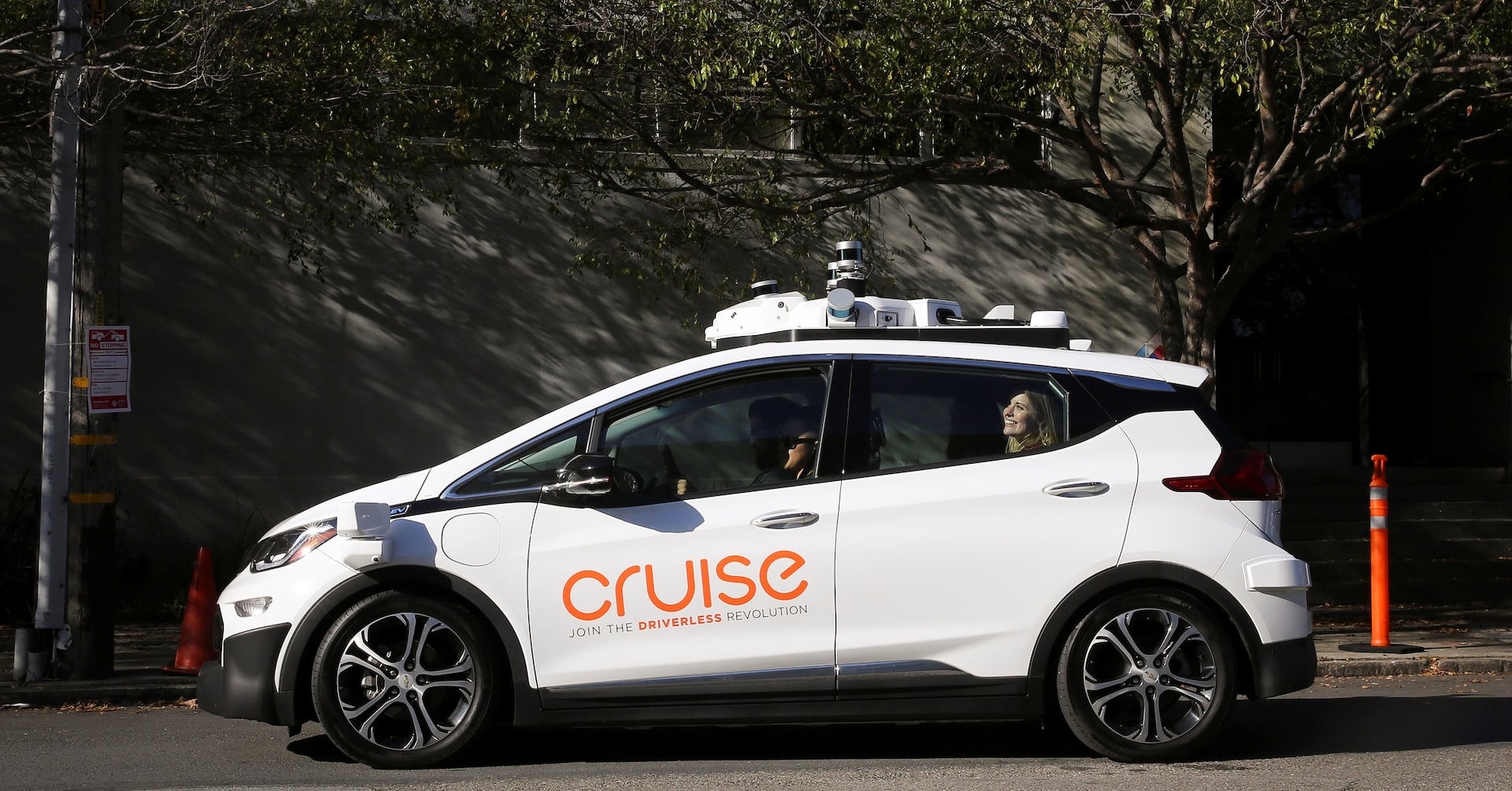GM Takes Full Control: Cruise Autonomous Unit Becomes 100% Company Property

General Motors is taking a strategic pivot in its autonomous vehicle journey, fully acquiring its Cruise division to refocus its innovative technology development. In a significant move announced on Tuesday, the automotive giant aims to redirect its autonomous driving efforts towards personal vehicle technologies rather than continuing its previous robotaxi strategy.
By consolidating full ownership of Cruise, GM signals a clear commitment to integrating cutting-edge self-driving capabilities directly into consumer vehicles. This strategic realignment reflects the company's vision of making autonomous driving technology more accessible and practical for everyday drivers, potentially transforming the future of personal transportation.
The decision comes after careful evaluation of market trends and technological feasibility, demonstrating GM's agile approach to emerging automotive technologies. By bringing Cruise fully under its corporate umbrella, the company is poised to accelerate innovation and streamline its autonomous vehicle development process.

